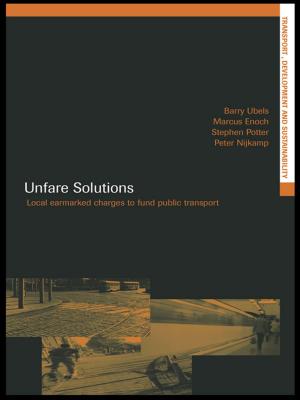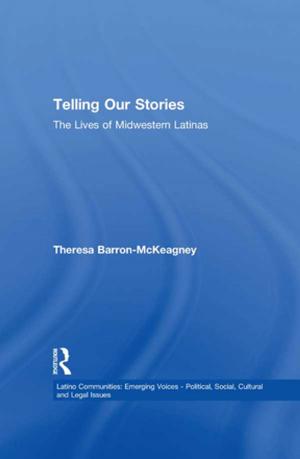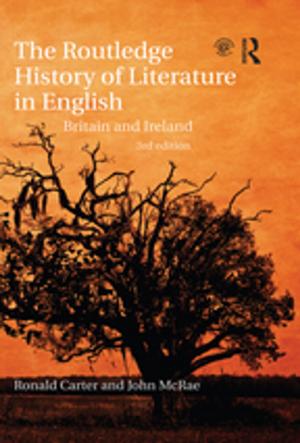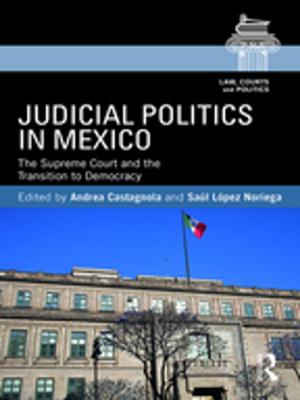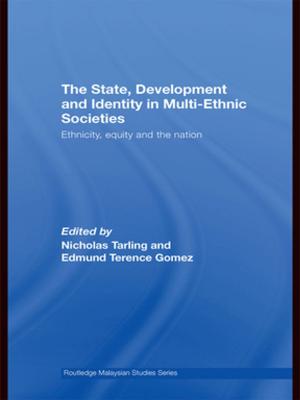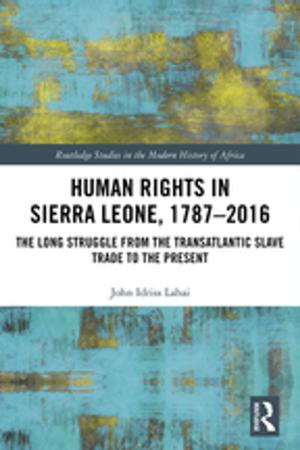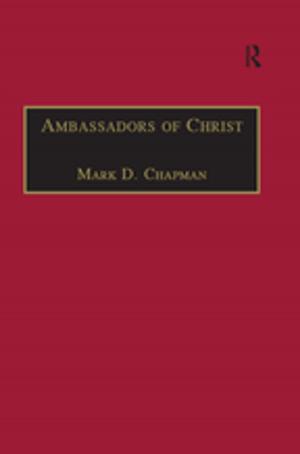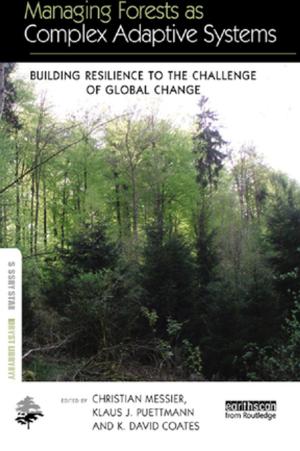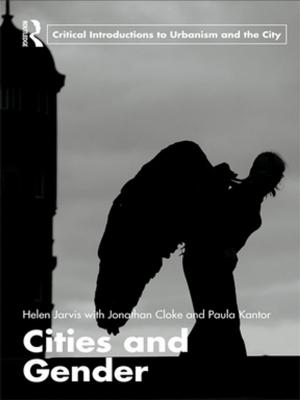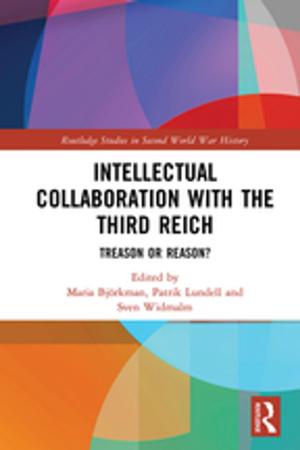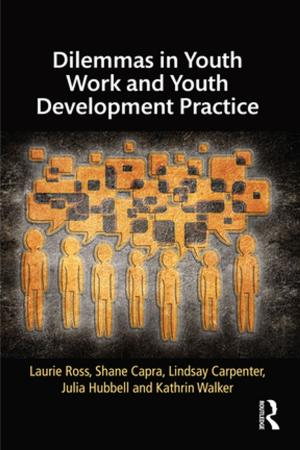Methods of Environmental and Social Impact Assessment
Nonfiction, Art & Architecture, Architecture, Landscape, Planning| Author: | ISBN: | 9781317236511 | |
| Publisher: | Taylor and Francis | Publication: | September 13, 2017 |
| Imprint: | Routledge | Language: | English |
| Author: | |
| ISBN: | 9781317236511 |
| Publisher: | Taylor and Francis |
| Publication: | September 13, 2017 |
| Imprint: | Routledge |
| Language: | English |
Environmental and social impact assessment (ESIA) is an important and often obligatory part of proposing or launching any development project. Delivering a successful ESIA needs not only an understanding of the theory but also a detailed knowledge of the methods for carrying out the processes required. Riki Therivel and Graham Wood bring together the latest advice on best practice
from experienced practitioners to ensure an ESIA is carried out effectively and efficiently. This new edition:
• explains how an ESIA works and how it should be carried out
• demonstrates the links between socio-economic, cultural, environmental
and ecological systems and assessments
• incorporates the World Bank’s IFC performance standards, and best practice examples from developing as well as developed countries
• includes new chapters on emerging ESIA topics such as climate change, ecosystem services, cultural impacts, resource efficiency, land acquisition and involuntary resettlement.
Invaluable to undergraduate and MSc students of ESIA on planning, ecology, geography and environment courses, this internationally oriented fourth edition of Methods of Environmental and Social Impact Assessment is also of great use to planners, ESIA practitioners and professionals seeking to update their skills.
Environmental and social impact assessment (ESIA) is an important and often obligatory part of proposing or launching any development project. Delivering a successful ESIA needs not only an understanding of the theory but also a detailed knowledge of the methods for carrying out the processes required. Riki Therivel and Graham Wood bring together the latest advice on best practice
from experienced practitioners to ensure an ESIA is carried out effectively and efficiently. This new edition:
• explains how an ESIA works and how it should be carried out
• demonstrates the links between socio-economic, cultural, environmental
and ecological systems and assessments
• incorporates the World Bank’s IFC performance standards, and best practice examples from developing as well as developed countries
• includes new chapters on emerging ESIA topics such as climate change, ecosystem services, cultural impacts, resource efficiency, land acquisition and involuntary resettlement.
Invaluable to undergraduate and MSc students of ESIA on planning, ecology, geography and environment courses, this internationally oriented fourth edition of Methods of Environmental and Social Impact Assessment is also of great use to planners, ESIA practitioners and professionals seeking to update their skills.


